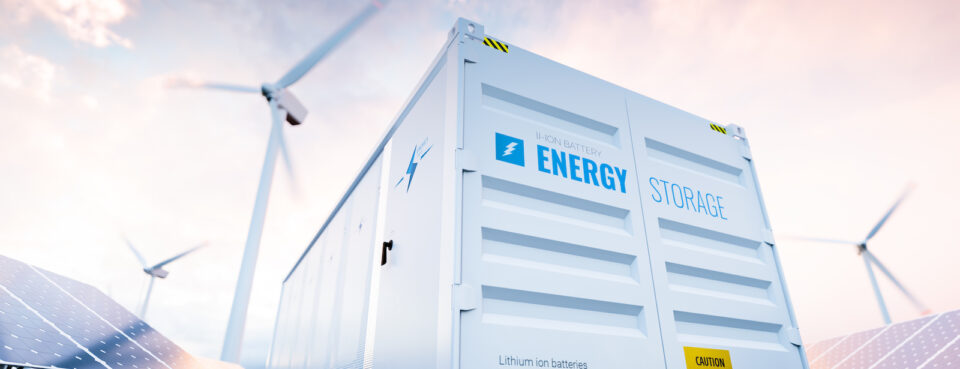The benefits of a microgrid will vary depending on the application, ranging from private homes with solar panels providing financial savings to remote communities that may not have access to the main grid.
Energy resilience can be attained by operating a microgrid that ensures a continuous supply during grid outages, natural disasters and other emergencies.
This resilience is particularly desirable for businesses and emergency services that need a consistent power supply for critical operations.
Microgrids, when controlled efficiently, can even increase the functionality of the main grid, by stepping in during power disruptions or shortages, and relying solely on their own power sources and energy storage systems. Additionally, a microgrid connected to the main grid can also import or export electricity as needed. As a result, microgrids offer increased energy efficiency, flexibility and improved reliability.
Besides from supplying uninterrupted power supply, over time, microgrids can lead to financial savings by utilising local energy generation and optimising its distribution.
Costs are reduced when advanced control systems and intelligent algorithms are used to manage demand response programs, balance loads and optimise delivery during peak demands, thus reducing energy waste. In some cases, it may also be more financially viable to install infrastructure for a microgrid as opposed to that required by a connection to the main grid, especially for households and industrial sites located in remote areas.
DEUTZ New Zealand is currently developing an innovative microgrid system that incorporates solar panels for energy generation and a battery storage platform for storing the generated energy.
The platform is available in both low voltage and high voltage configurations and can be expanded to higher capacities.
To ensure uninterrupted power supply 24/7, the system is supported by a DEUTZ diesel generator. It can function as an independent power supply system or be seamlessly integrated with the main grid when access is available.
This system maximises the use of clean and sustainable energy sources such as solar, thereby reducing reliance on fossil fuels and contributing to environmental sustainability.


